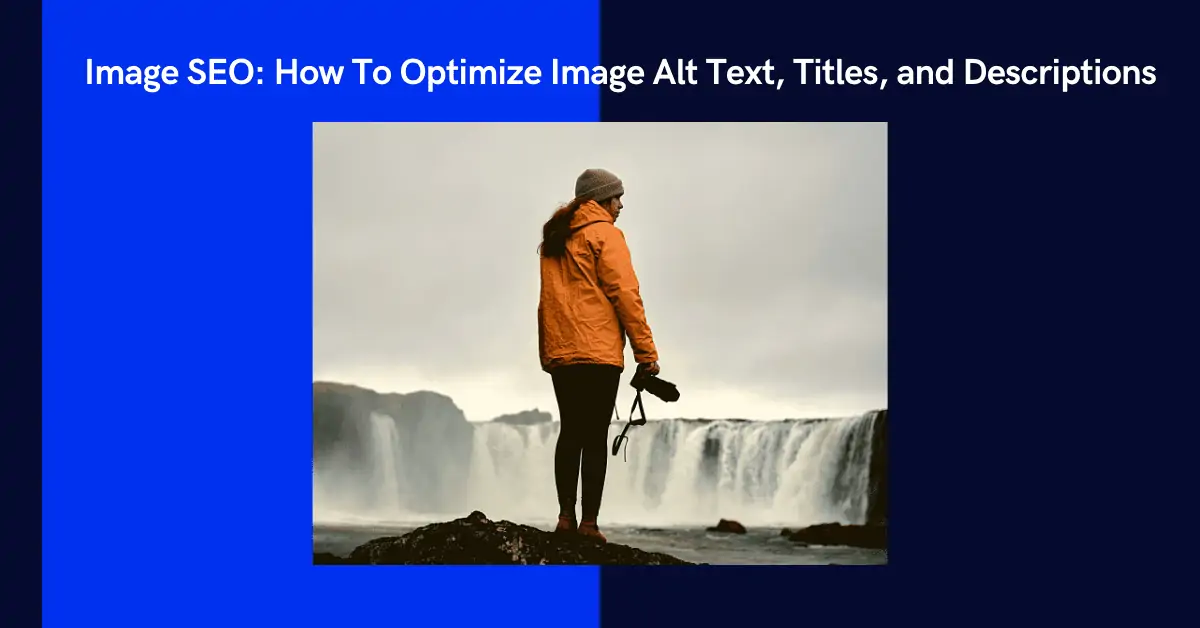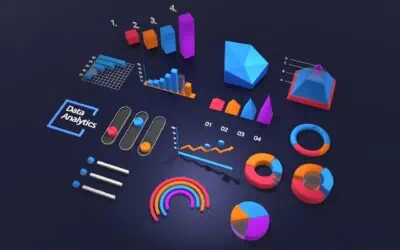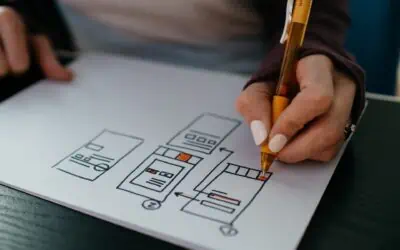Before getting started with Image SEO, here is a very rapid overview of what SEO is.
Table of Contents
What Is SEO?
SEO is simply Search Engine Optimization. It is the process of improving a site’s visibility on search engines like Google and Bing. When a website or web page can easily be found on search engines, the number of people visiting your website goes up, which boosts your business.
SEO aims to attract organic (free) traffic, meaning appearing on the first page or improving your rankings without paying for advertisements.
The Importance Of Image SEO
Images are a vital part of any personal or business website; in fact, they can be argued as the most essential part. Images on a website help tell your story, get the message to your visitors, and can also invoke feelings, and this is great! But what is often overlooked by many is the more technical side of images and the SEO portion.
When all images are optimized on the website, this can make a significant (good) impact on your On-Page SEO. When everything related to images is in perfect order, Google will have an easier time understanding its website and content.
Here is a quick example of alt text, titles, and descriptions for an image on the WordPress platform.
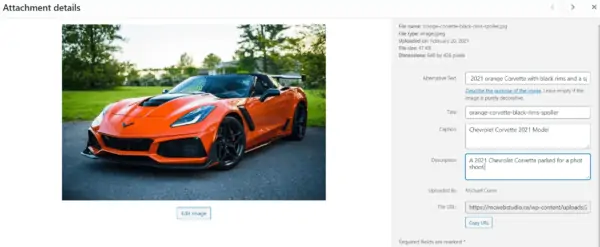
Wordpress alt-text editor
The image is courtesy of Garvin St. Villier / Pexels.
According to a report from Jumpshot ( an analytics company that collects information from browsers) noted that 22.6% of all searches were for images on Google. This single statistic alone shows how important it is to optimize your images.
When your images are optimized, there is a better opportunity for them to be seen in Google Images, bringing more traffic to your website.
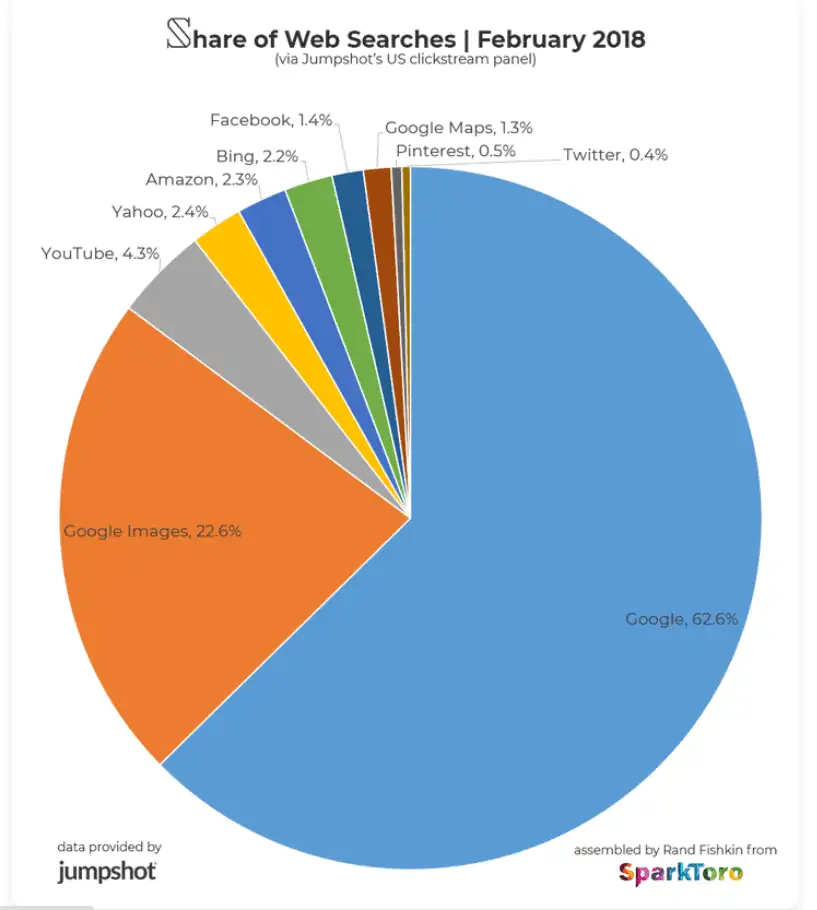
Google images share of web searches
Image Credit: Rand Fishkin & SparkToro
Image Optimization Essentials
Here are the essentials for when you optimize images for your website. If these are in place, there is a better chance for your pictures to rank in Google Images.
- Alt Texts
- Image Titles/ Image File Names
- Image Captions
- Image Descriptions
What Are Alt Texts?
Alternative text, popularly known as Alt text, is an HTML attribute included in the <img> tag. Alt text can be used in all image formats. Just as the name suggests, it enables users to provide an alternative name for the image.
Today, search engines can decipher images using Artificial Intelligence (AI), but it is easier for them to understand images and their functions with alt texts. So when a searcher performs an image search for a particular keyword, and one of your images has an alt text with that keyword, it will appear among the top results.
If you look back at the sports car’s above image, you will notice that the alt text is filled out correctly. If some user was searching for the term “orange Corvette with black rims,” there is a possibility they could see that particular image within Google Images.
Alternative texts are not just good for SEO; they also allow accessibility. They help screen readers (the blind and people with visual impairment) know what an image is about. In addition to that, when for some reason the page can’t load an image on a website page, the alt text describing that image will appear next to the broken photo icon.
Image Titles, Meta Descriptions, and Captions
Many people don’t know the difference between alt text and title. Alt text, as we have explained, provides a textual description of the image. Titles, on the other hand, give that image a name in your media gallery. So when you need to find an image, you type the name and hit search. WordPress images should have an easy reading title, but having a correct title is much higher for SEO reasons.
If you have spent enough time on Google looking through images, you may have noticed that some images may have an endless string of random numbers and letters attached to them. This string is the file name, and writing it like that is not the best practice (V3aj8_1mK692.jpg). To have your image seen on search engines, it should have a self-explanatory and concise name ( new-fit-bit-watch-red-band.png), so it can be easily read and identified. Writing the file names like this makes it easier to add in your targeted keyword(s) and also provides a better overall user experience for visitors.
Note: Giving a proper file name (title) on images is vital for all websites, but it holds more weight when dealing with e-commerce platforms such as Shopify & Woocommerce. If a potential customer hovers over an image and sees a long string of numbers and letters, they may not know what to think and leave that page.
Meta Descriptions are not as important for SEO, but they help get more people onto your website. If someone sees a catchy title followed up by a well-written description, there is a good chance they will click through. Here you can provide some of the same information as your alt text and go into a little more detail. There is typically a character limit, so two or three lines are enough.
What about captions? A caption also describes an image, but unlike alt texts, the caption can be seen by all the people reading content on your website. Alt texts are not usually visible when an image loads.
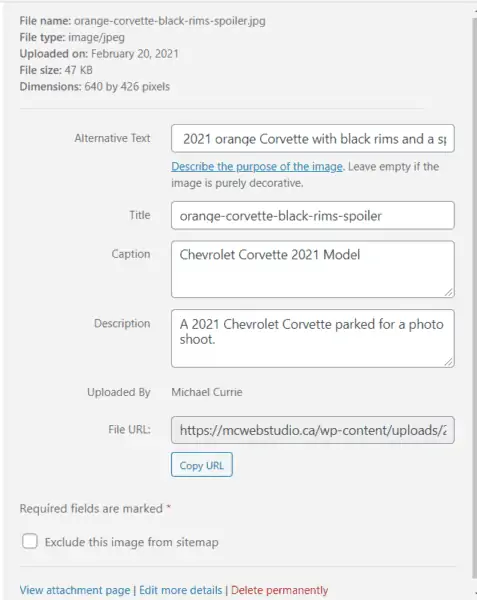
Image meta values editor on wordpress
Image Credit: MC Web Studio
Here is a closer look at the image optimization section when adding an image to your WordPress website.
SEO Image Optimization Tips
Now that you have seen why image SEO is important, here are some further tips beyond the essentials.
Use Original Images
One thing that Google’s Algorithm favours is original content, and this applies to images as well. Not long ago, if you wanted a unique sharp-looking image, you would have to pay a graphic designer or photographer who would charge you an arm and a leg for this. Today, you can now easily snap pictures off your cell phone and use the many various filters to edit them.
If you would like a little more than a filter, there are plenty of mobile and desktop apps to assist in your editing. With these, you can use various fonts, stickers, objects, and layouts to get a more professional look.
Word Swag

Wordswag app
WordSwag is a premium app for Apple phones (iOS), and it costs $4.99 per month. The cost is pretty cheap, and it is very convenient for editing photos on the go or from your couch. Check out the features and benefits at WordSwag.co.
Canva
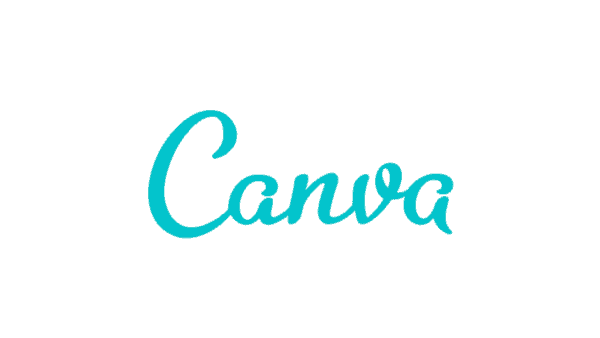
Canva app
Canva is a freemium app, meaning it has both a free and a paid version ($149 per year). Canva is basically a drag and drop tool where you can create any type of image or infographics, and it has other options for logos, presentations, and social media. With this tool, it is relatively easy to have unique imagery within a few clicks. To sign up for a free premium trial, check out their website.
Image Compression
when you click on a search result, you will notice that some higher-quality images take too long to load on websites. These higher definition images are often the main focal points on websites (think of a luxurious home on a real estate website or a fantastic landscape on a travel blog) and can be found in the main header, hero, or slider sections on the web page. Since Google favours websites that load faster, images need to be compressed to decrease load times. You can quickly learn how to reduce image sizes using online tools like TinyPNG and PicResize. WordPress also provides plugins like WP Smush that you can use to compress your photos.

Wp smush wordpress plugin
WP Smush by WPMU DEV.
Uploading The Correct Image Type
There are two main image types used the most on websites: JPG and PNG. It is common for people building a WordPress website to find an image they like and then just put it on the site, but one version can be better than the other, depending on the situation.
JPG Images
JPG Images are best used when the file size needs to be small, and you are okay with losing a little bit of image quality. This compression method is known as “Lossy,” and small parts of the image get deleted. It is essential to know if you keep compressing your images, more quality can be lost, making them look blurry. If you are using icons on your site or have a small image in your footer section, JPG images will be a good choice.
PNG Images
PNG Image types are best used for higher definition images and when size is not an issue. PNG’s support transparency in backgrounds and no image quality is lost (“Lossless” compression) when compressed.
Conclusion
Image SEO is an integral part of On-Site SEO, and when all aspects are optimized, your website can see positive trends up to the right. If you are able to remember a handful of information about images when creating your website, you will be far better off than most.
- Give a proper file (title) to your images.
- Compress your images using an online tool or WordPress plugin, so your site stays fast.
- Add a keyword or two into your Alt Text so your images can get more exposure when people are going through images.
- Write a strong description of your images so that users will click on your link over a competitor.


